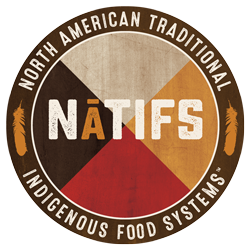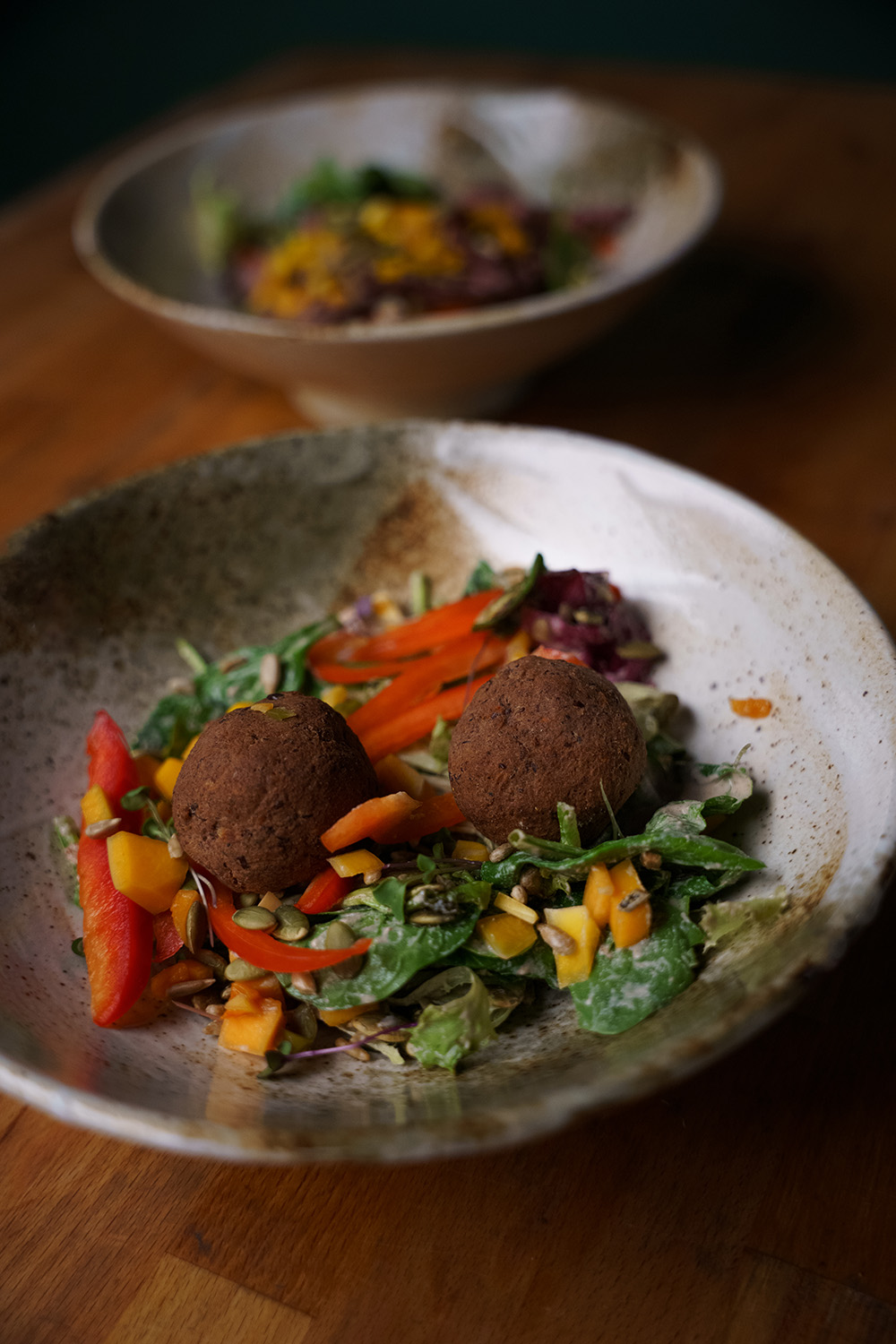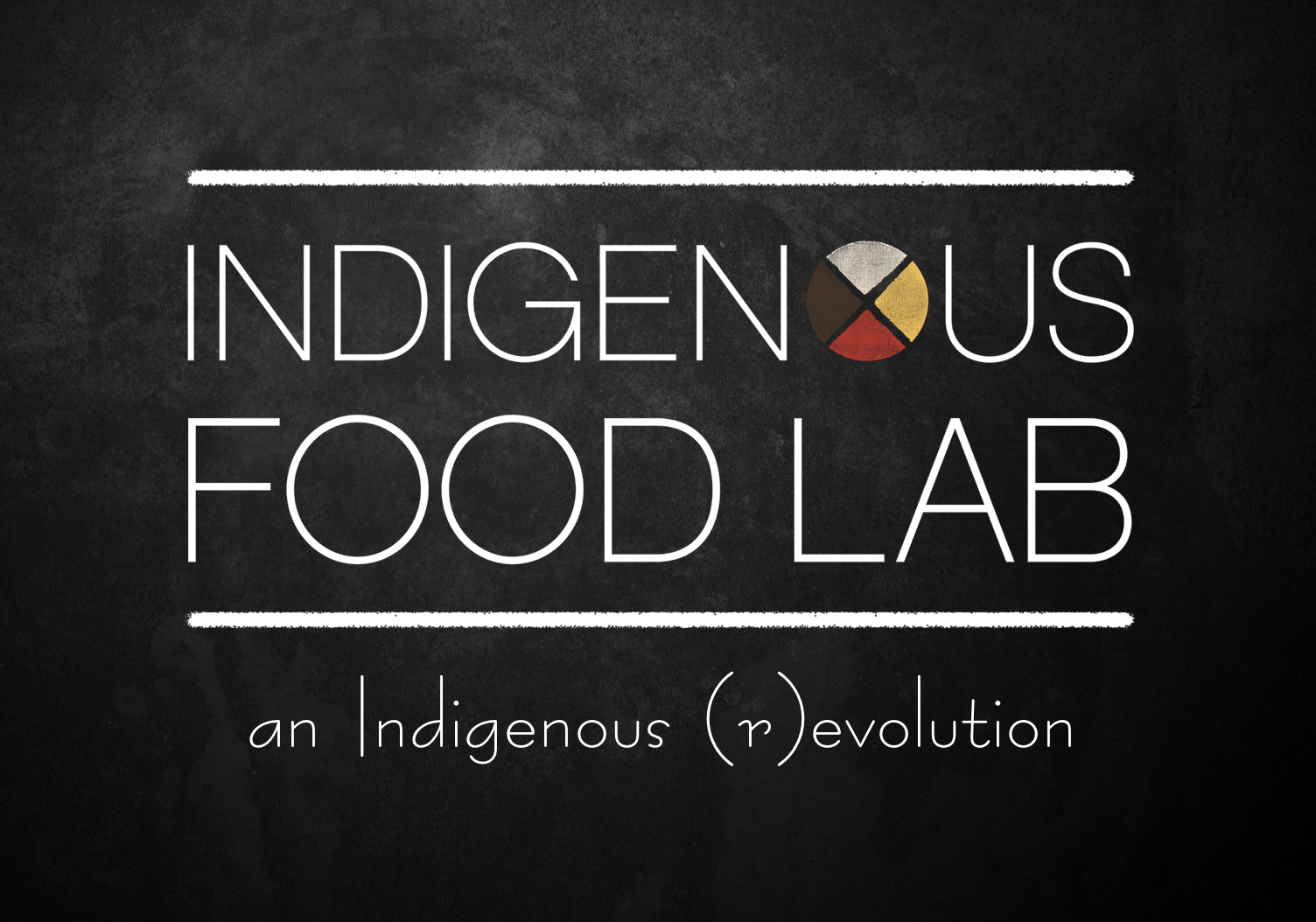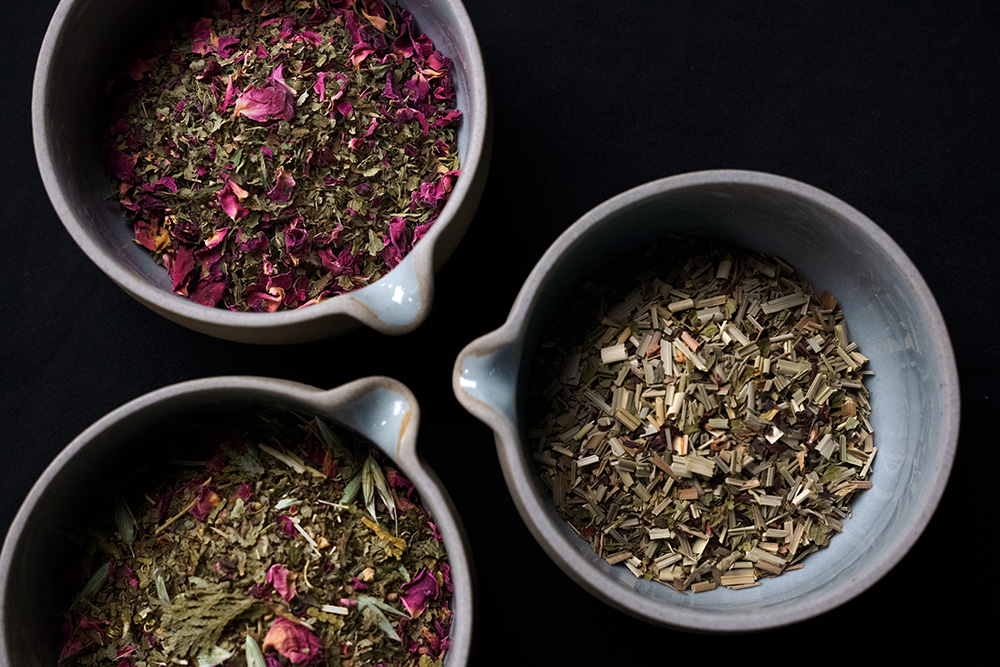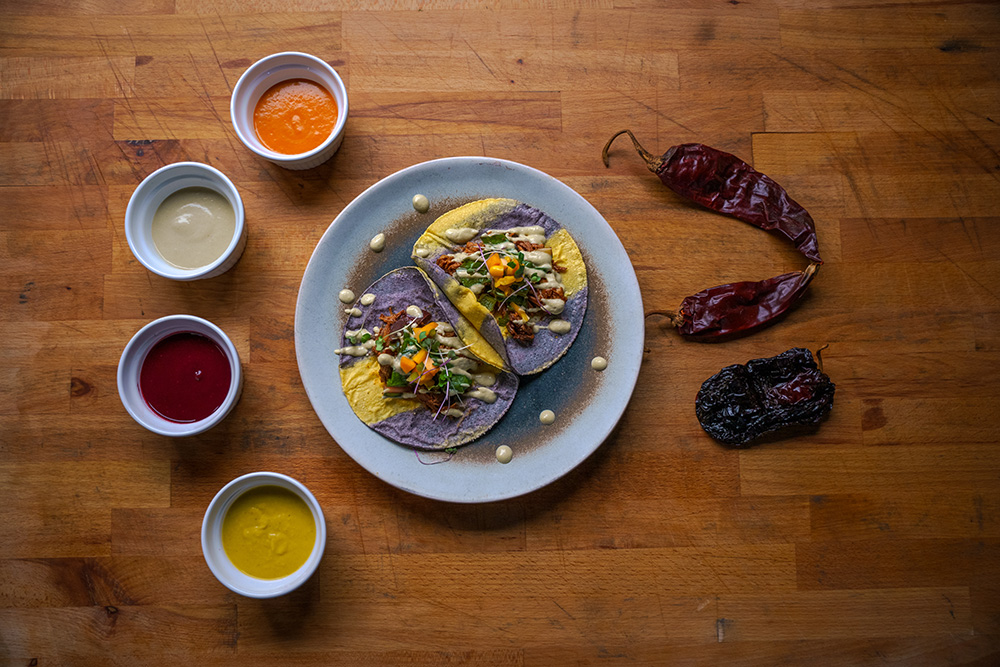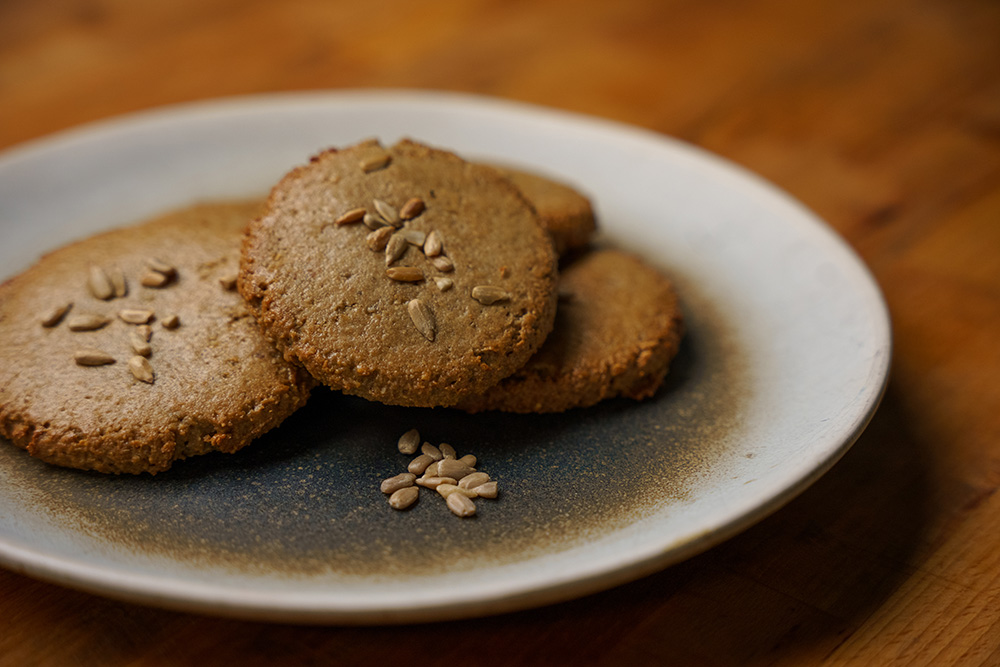Resources
In collaboration with the national organizations like USDA and Minnesota Department of Education, the NATIFS team has put together a series of recipes and resources that utilize commodity products available through the Food Distribution Program on Indian Reservations (FDPIR), as well as regional foraged ingredients.
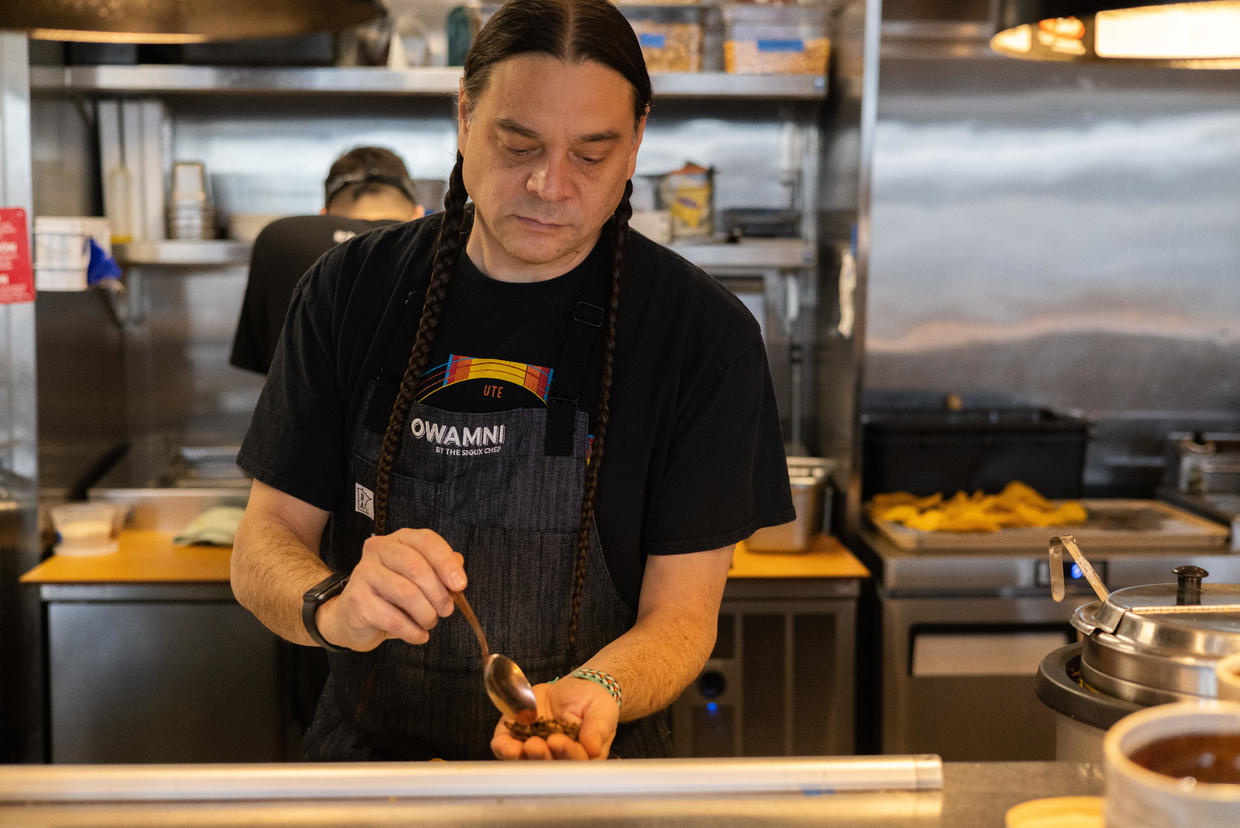
LEARN
Why aren’t there more Native American restaurants?
When you think of North American cuisine, do Indigenous foods come to mind? Chef Sean Sherman serves up an essential history lesson that explains the absence of Native American culinary traditions across the continent, highlighting why revitalizing Indigenous education sits at the center of a better diet and healthier relationship with the planet.
Indigenous Food Recipes
Sean Sherman
Wild Conifer + Maple Tea
Cedar Braised Bison
Roasted Squash + Pepita Pesto
Sean Sherman
Bison Cranberry Meatball
Salmon + Blackberry Cakes
Wild Rice + Apple Pie Bars
Indigenous Food Sovereignty Initiative
USDA / FDPIR
As a participant in the U.S. Department of Agriculture (USDA) Indigenous Food Sovereignty Initiative, NĀTIFS works with its Indigenous Food Lab and partner Indigenous chefs across the country to develop recipes and accompanying cooking videos that demonstrate how to combine Indigenous & locally foragable foods with items available to tribal communities through the Food Distribution on Indian Reservations (FDPIR) federal emergency food program. Through this project NĀTIFS aims to spread awareness of how to use Indigenous foods to make healthier meals.
In the first year of the project, NATIFS’ Indigenous Food Lab created recipes for the Midwest and Mountain Plains Regions, and partnered with Indigenous chef Crystal Wahpepah of Oakland, CA, owner of Wahpepah’s Kitchen restaurant, to provide recipes and videos featuring wild and foraged ingredients from the West and Southwest.

Recipes
The below listed recipes can be downloaded in PDF format:
Midwest/Mountain Plains Regions
Indigenous Food Lab
Bison Meatballs with Dandelion Tomato Sauce & Pasta
Corn Chowder with Wild Plantains & Salmon
Cornmeal Griddle Cakes, Blueberries, Groundcherry Sauce, and Mint
Western/Southwest Regions
Chef Crystal Wahpepah
Chicken Veggie Stir Fry with Manzanita
Peach California Huckleberry Smoothie
Pinto Bean Dip with Roasted Pine Nuts
Now in the second year of the project, new recipes and videos for the Northeastern and Southeastern regions are currently in development.
Indigenous Home Cooking
with Valerie Segrest

Minnesota Wild Rice
Minnesota Department of Education
Manoomin or psin (wild rice in Ojibwe and Dakota) is an important traditional food for many Indigenous people. Minnesota’s Farm to School best practices incorporate the 3 C’s; cafeteria, classroom, and community. The resources below are aligned to help in getting wild rice incorporated in U.S. Department of Agriculture (USDA) School Lunch Program menus and beyond with the primary audience including food service professionals, educators, families, and students themselves.
Cafeteria Resources
Minnesota Wild Rice Culinary Video (15 minute) – A skill development video, which includes the history, cultural aspects of Minnesota harvested wild rice. This video is appropriate for food service professionals, classroom teachers, particularly culinary secondary students, and for students/families.
Minnesota Wild Rice Culinary Video (8 minute) – A shortened skill development video about the making of a Wild Rice Grain Bowl.
Turkey Wild Rice Grain Bowl Recipe – A bulk (100 serving) recipe with directions, ingredients, and other helpful information to incorporate into school menus.
Vegetable Wild Rice Grain Bowl Recipe – A bulk (100 serving) recipe with directions, ingredients, and other helpful information to incorporate into school menus.
Wojape Sauce Recipe – An optional bulk (100 serving) recipe for use with wild rice grain bowl recipes.
Classroom Resources
Get Wild with Wild Rice – Culinary classes could experiment with other recipes collected through a nationwide contest. This site contains a searchable recipe database organized by the Minnesota Cultivated Wild Rice Council.
Wild Rice Harvesting (3 minute) – Join Pat and Gage Kruse (Red Cliff Band of Lake Superior Chippewa) as they go ricing and share harvesting techniques and other information related to wild rice.
Native Minnesota: Dakota & Ojibwe Homeland packet – The Minnesota Historical Society provides resources that familiarize students with historical and contemporary Dakota and Ojibwe people in Minnesota and Indigenous connections to the land.
Community Resources
Wild Rice Bowl Take-Home Recipe – A handout designed to be used with a wide audience.
Minnesota Wild Rice Flyer – Information about traditional wild rice management and wild rice harvesting.

Books
The Sioux Chef’s Indigenous Kitchen
Here is real food—our indigenous American fruits and vegetables, the wild and foraged ingredients, game and fish. Locally sourced, seasonal, “clean” ingredients and nose-to-tail cooking are nothing new to Sean Sherman, the Oglala Lakota chef and founder of The Sioux Chef. In his breakout book, The Sioux Chef’s Indigenous Kitchen, Sherman shares his approach to creating boldly seasoned foods that are vibrant, healthful, at once elegant and easy.
James Beard Award-winning cookbook—The Sioux Chef’s Indigenous Kitchen
